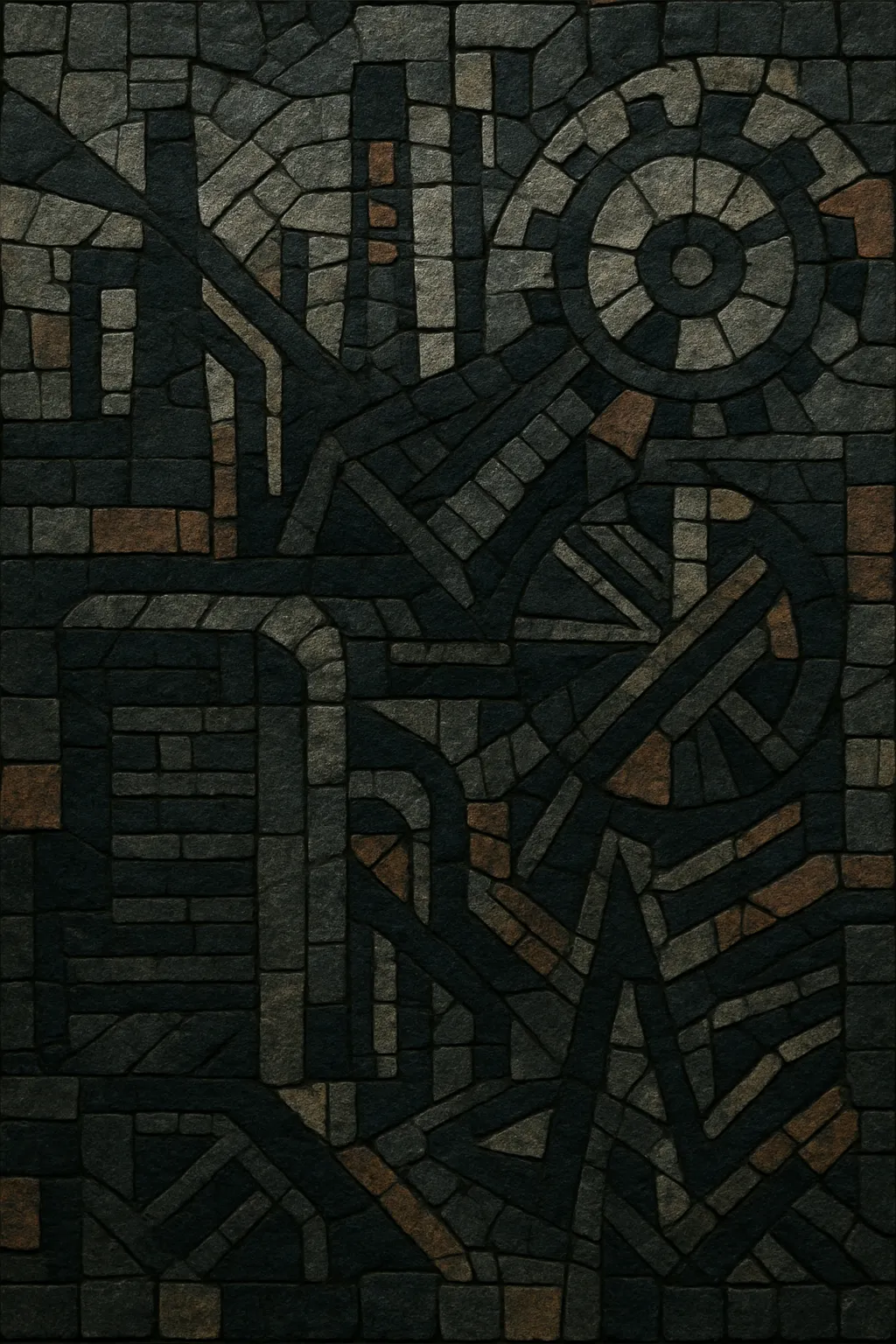Industrial techno is a hard-edged strain of techno that merges the genre’s four-on-the-floor pulse with the abrasive textures, mechanical timbres, and confrontational aesthetics of industrial and post-industrial music.
Characterized by heavily distorted kick drums, metallic percussion, feedback, and noise layers, it often favors sparse melodies in favor of rhythmic severity and textural movement. The result is a stark, warehouse-ready sound that feels cold, machine-like, and physical—designed as much for bodily impact as for atmosphere. Labels like Downwards, Sonic Groove, and Perc Trax helped codify its vocabulary, while artists from Birmingham, Berlin, and North America shaped a transatlantic scene that remains influential in contemporary peak-time club music.
Industrial techno emerged as techno’s Detroit/European drive intersected with the harsher world of industrial and post-industrial music. In the UK—especially Birmingham—labels like Downwards (with Regis and Female) and artists like Surgeon forged a blueprint of punishing 4/4 rhythms, metallic hits, and minimal, grinding arrangements. Parallel currents in Berlin (Tresor’s ecosystem) and North America (Adam X and the Sonic Groove milieu; Orphx in Canada) reinforced the fusion of EBM/electro‑industrial textures with techno structures.
Through the late 1990s and 2000s the style deepened, even as techno diversified. Collaborations and aliases (e.g., British Murder Boys) emphasized a live, improvised, and performance-forward approach, while hardware-driven studios (drum machines, modular synths, distortion pedals) became core to the sound. Though not always dominant in the broader techno landscape, industrial techno maintained a strong underground presence in Europe and North America.
A robust resurgence in the 2010s—propelled by labels such as Perc Trax, Sonic Groove, Stroboscopic Artefacts, and 47—brought industrial techno to wider peak-time floors. Artists including Perc, Paula Temple, Ancient Methods, Vatican Shadow, Tommy Four Seven, and AnD pushed tempos, saturation, and sonic severity. The sound’s aesthetic—dystopian visuals, stark typography, and brutalist club culture—became part of its identity.
Industrial techno’s palette (distorted low-end, noise layers, metallic percussion) now permeates harder strands of peak-time techno and continues to inform adjacent genres—from rhythmic noise to certain drum & bass mutations—while remaining a staple of dark, warehouse-focused club circuits.


